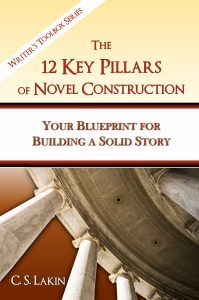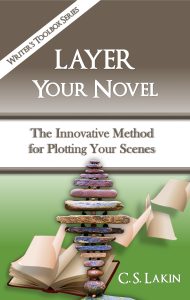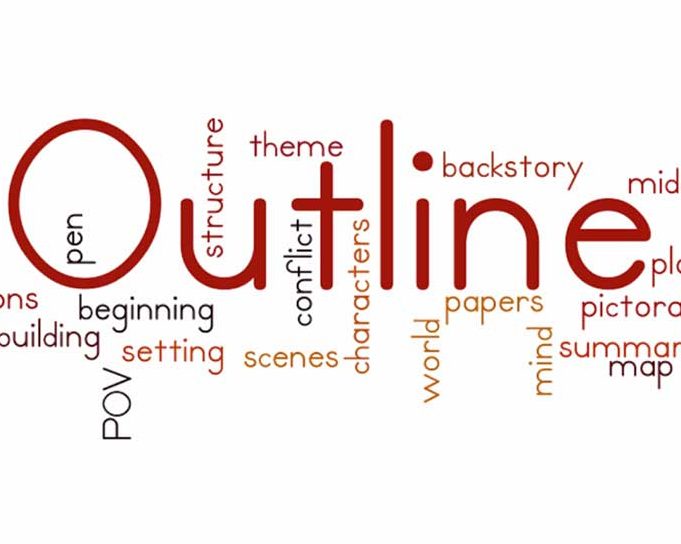Story Structure and the Essential Outline
I do a lot of scene outlines for writers. And I’ve written a lot of blog posts on the topic. Working on your story at the outline level gives you a bird’s-eye view of your plot. And that’s super helpful. Even if you just start with a few sentences to describe what happens in each scene and the purpose of the scene will take you far.
I use index cards for plotting and have done so on the last ten or more novels. I love jotting down scene ideas on a card, sticking it in my stack of scene ideas, and eventually laying them all out on the floor or my kitchen table and putting them in order.
 Of course the order is determined by specific story structure! If you don’t know anything about story structure, now’s the time to learn! You need to know where specific plot elements go, such as your inciting incident, twists, pinch points, midpoint, dark night moment … and more. And you need to know what happens in those scenes.
Of course the order is determined by specific story structure! If you don’t know anything about story structure, now’s the time to learn! You need to know where specific plot elements go, such as your inciting incident, twists, pinch points, midpoint, dark night moment … and more. And you need to know what happens in those scenes.
Something that will help you a lot in getting story structure under your belt is my online video course The 10 Key Scenes That Frame Up Your Novel. In addition to getting to watch a lot of fun movie clips (get the popcorn!), you will clearly see what these scenes are all about so you can ensure you have them in your story.
Whether you are writing a movie, a novel or novella, or a play, you need to understand this structure. Yes, genre will come into play here. You need to know your genre and genre markers. But structure is structure.
Help with Outlining
I’ve probably posted twenty to fifty posts in recent years that touched on outlining. My readers complain to me that this is what they struggle most with.
I’m big on outlining, as many of you know. I think it’s crucial to outline your novel before you tackle writing it. And of the hundreds of novels I critique and edit each year, very few are well structured. Very few need only a slight amount of reworking. Very few have solid plots with scenes in the right places.
Maybe some of those writers did outline their novel. But here’s the thing: if you don’t understand how a novel is structured—and I’m talking very basic here—then your outline is going to suck. Sorry, but that’s the truth. That’s why I spent months going over the ten key scenes you need in your novel. I’m going to give you a list of some of those posts, as well as the chart to download, so you can get this outlining thing started the right way.
I say this a lot: structure is key. The best writing instructors agree that novels follow a basic structure. And this story structure applies to movies and plays as well. Readers and viewers are accustomed to structure. So while you can break the rules, it is best to learn them and follow them until you nail them. Don’t go with that adage “Rules are meant to be broken” until you’re an expert on the topic.
One person wrote in their survey response: “I need help outlining. I’m having trouble defining and concentrating on a definite problem that I can blossom into a full work.” Another wrote: “I need help refining my idea/plans for a novel so that I can begin outlining and writing.”
Listen, before you can dig into that outline, you have to work on those pillars of novel construction. You need to come up with a concept with a kicker: an original, fresh, riveting idea. Sure, there are no new ideas out there. But you can take an old idea and give it new life with originality.
I’ve said this perhaps a hundred times: if you start with a weak, boring concept, it’s going to be near impossible to write a great novel based on that foundation. Hear me clearly on this. Too many writers waste months of their lives writing boring novels. Don’t go there. Don’t start writing until you’re sure you have a killer concept. You’ll disappoint yourself and any reader chancing upon your book.
 I wrote lots of blog posts on this, and then put together the book The 12 Key Pillars of Novel Construction. And then created an online video mini course on the four corner pillars. You can’t make excuses for not learning this stuff. Many writers have emailed me to say thanks for all this material because it’s exactly what they needed and couldn’t find anywhere else.
I wrote lots of blog posts on this, and then put together the book The 12 Key Pillars of Novel Construction. And then created an online video mini course on the four corner pillars. You can’t make excuses for not learning this stuff. Many writers have emailed me to say thanks for all this material because it’s exactly what they needed and couldn’t find anywhere else.
And that’s just the concept.
If you’re floundering at this early stage of your novel development, first nail those pillars. Once you have clear your concept, protagonist and goal, conflict and high stakes, theme, secondary characters and subplots—all that stuff—you can begin to lay out that outline using my template and charts. I’ve made it as easy as possible.
If you’re struggling with outlining, and you’ve already gotten all your novel components strongly in hand, read or reread these posts, and then download my charts and templates and get to work!
These are just a few of the posts on the topic, so if you’re in need of going deep here, read them all.
 Check out my resource page for other freebies that will help you with all this.
Check out my resource page for other freebies that will help you with all this.
And my book Layer Your Novel will go deep into all these key scenes and where they go (as does my 10 Key Scene online video course!). No excuses not to learn this stuff!
What specific issue do you have with outlining your novel? What resource (book, chart, post, etc.) has helped you the most? Share in the comments.
Featured Image by Gerd Altmann from Pixabay.











